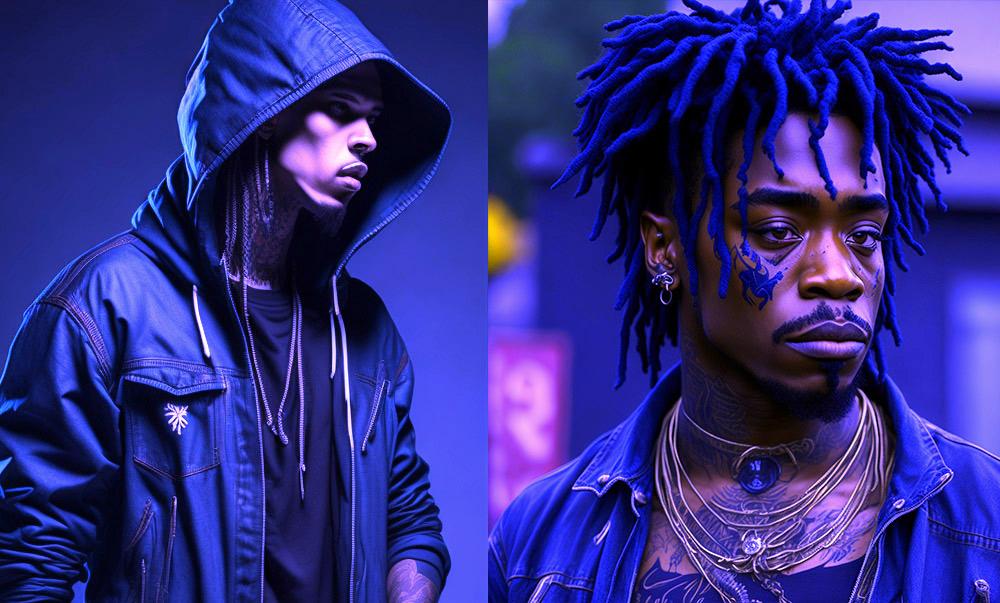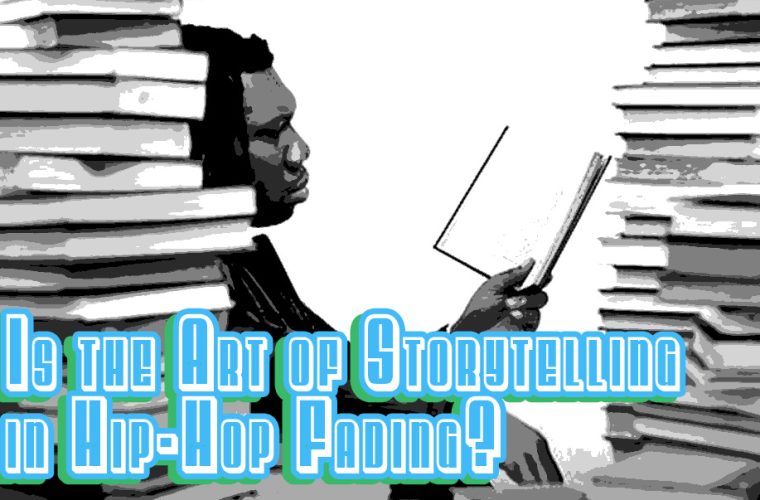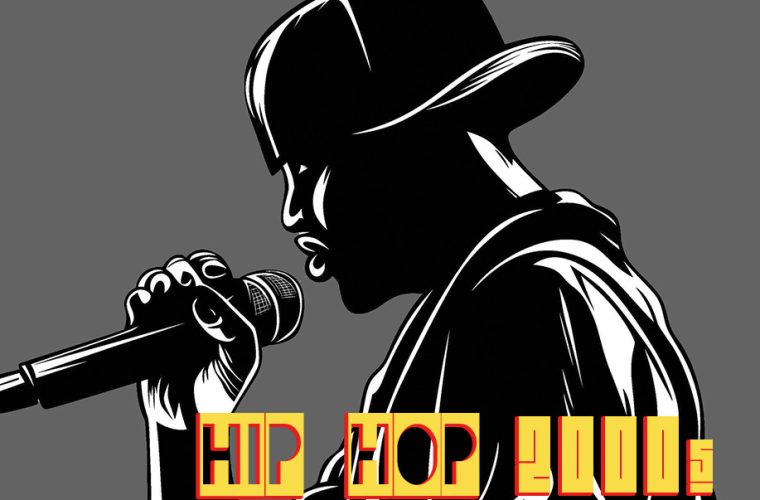
Bridging the Gap: Conscious Rap vs. Mainstream Rap (PART 1)
In hip-hop, a divide often emerges between conscious rappers and mainstream artists. This distinction draws attention to the contrasting approaches in lyrical content, social responsibility, and commercial success. However, it is essential to view these two sides not as adversaries, but as complementary forces that can coexist and contribute to the rich tapestry of hip-hop culture.
The Power of Conscious Rap:
Conscious rap is a powerful form of artistic expression that addresses social and political issues, sheds light on injustice, and encourages critical thinking. Conscious rappers delve deep into topics such as systemic racism, inequality, poverty, and the human experience. Their lyrics resonate with listeners seeking intellectual stimulation and social awareness. These artists use their platform to inspire change, provoke thought, and offer a voice to the marginalized.
Mainstream Success and Cultural Influence:
Mainstream rap artists, on the other hand, command a wider audience, reaching millions of listeners globally. Their music often caters to popular tastes, with catchy hooks, infectious beats, and relatable themes. These artists have the power to shape popular culture, influence fashion trends, and create anthems that unite audiences across diverse backgrounds. Their appeal lies in their ability to entertain, provide escapism, and reflect the zeitgeist of the times.
The Power of Balance:
Rather than pitting conscious rap against mainstream success, we should strive for a balance that allows both sides to thrive. Conscious rap serves as a vital counterbalance to the commercialized aspects of the mainstream industry. It challenges the status quo, amplifies marginalized voices, and provides a platform for social activism. However, dismissing mainstream artists as devoid of substance overlooks the potential for impactful messages to be conveyed through different styles and approaches.
Creating Meaningful Connections:
The dichotomy between conscious rap and mainstream rap can be bridged by embracing collaboration and mutual respect. When conscious rappers collaborate with mainstream artists, they gain access to a broader audience, enabling their messages to reach beyond their core fan base. At the same time, mainstream artists can benefit from the depth and substance offered by conscious rappers, allowing them to expand their lyrical content and connect with listeners on a deeper level.
Embracing Diversity within Hip-Hop:
Hip-hop is a genre built on diversity, representing a multitude of experiences, perspectives, and narratives. It is important to recognize that both conscious rap and mainstream rap have their rightful place within this cultural landscape. Instead of focusing solely on the division, we should celebrate the diversity within hip-hop, acknowledging the contributions of artists from various backgrounds and lyrical styles.
Changing the Narrative:
Rather than perpetuating a binary narrative of conscious rap versus mainstream rap, let’s shift the conversation to one of collaboration, unity, and artistic growth. By appreciating the merits of both sides, we can foster an environment where artists are encouraged to explore their unique voices, address social issues, and express themselves authentically. This allows for a more inclusive and dynamic hip-hop community that embraces the power of music as a catalyst for change.
The conscious rapper and the mainstream rapper represent two distinct approaches within the hip-hop landscape. While conscious rap serves as a catalyst for social change and critical discourse, mainstream artists have the power to shape popular culture and entertain the masses. Rather than viewing these two sides in opposition, let’s celebrate their individual contributions and seek ways to bridge the gap. By embracing collaboration, diversity, and mutual respect, we can create a more vibrant and inclusive hip-hop community that harnesses the power of music to inspire, uplift, and unite.



